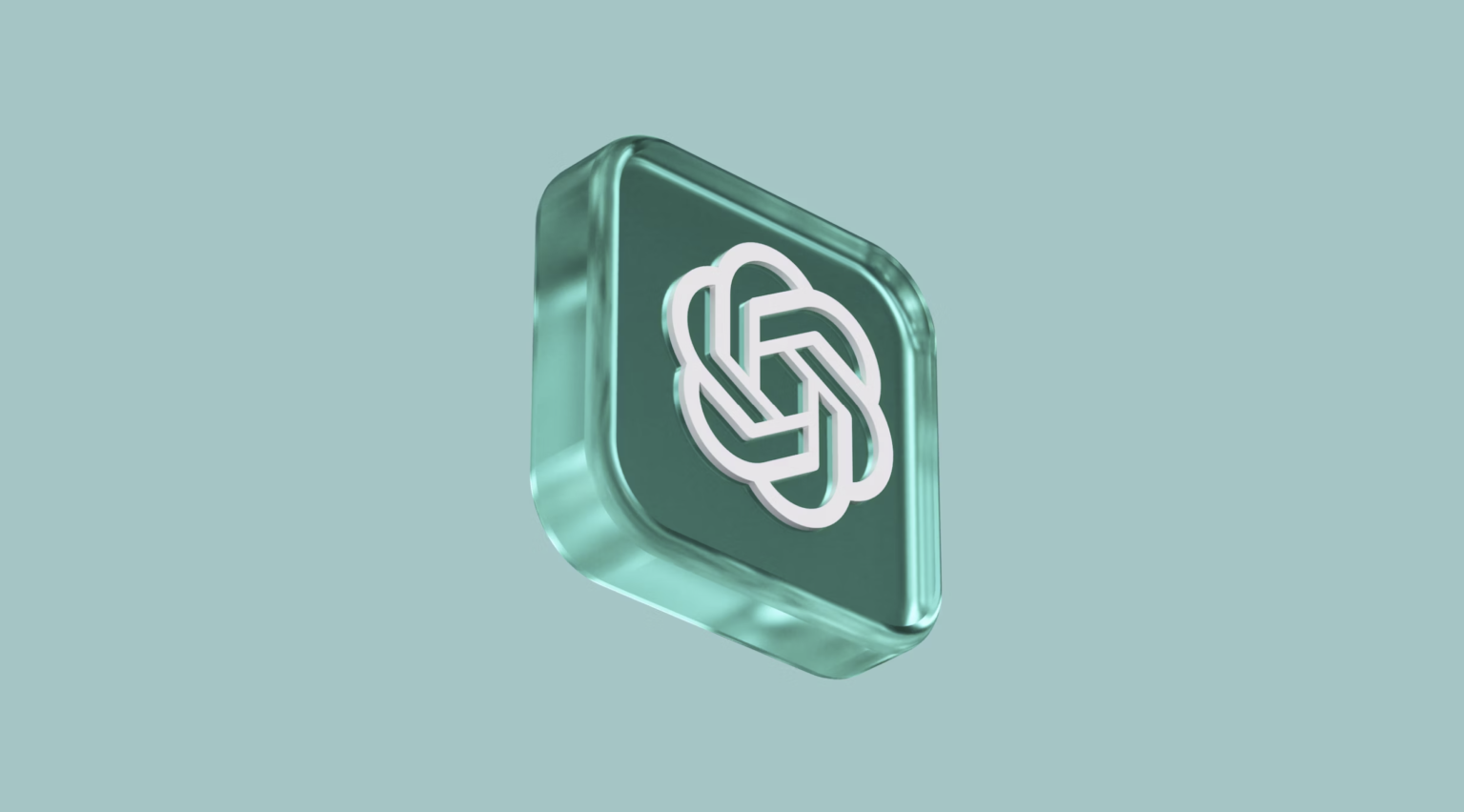“ChatGPT: A UX Writer’s New Best Friend (and Potential Rival)
Artikel Terkait ChatGPT: A UX Writer’s New Best Friend (and Potential Rival)
- Unleashing The Power Of ChatGPT: A Digital Marketer’s Guide To AI-Powered Content And Engagement
- Crafting The Perfect Professional Bio With ChatGPT: A Comprehensive Guide
- Revolutionizing Customer Onboarding: How ChatGPT Can Transform Your First Impressions
- Supercharge Your Business: How To Generate Client Proposals With ChatGPT
- Unlock The Power Of Personalized Outreach: Crafting Cold Email Templates With ChatGPT
Table of Content
Video tentang ChatGPT: A UX Writer’s New Best Friend (and Potential Rival)
ChatGPT: A UX Writer’s New Best Friend (and Potential Rival)

The rise of Artificial Intelligence (AI) has sent ripples across numerous industries, and User Experience (UX) writing is no exception. Among the most talked-about AI tools is ChatGPT, OpenAI’s powerful language model. While it’s not a replacement for human creativity and strategic thinking, ChatGPT presents a compelling opportunity for UX writers to augment their workflows, explore new ideas, and ultimately, deliver better user experiences. This article explores the potential benefits, limitations, and ethical considerations of leveraging ChatGPT in UX writing.
Understanding ChatGPT: A Brief Overview
ChatGPT is a large language model trained on a massive dataset of text and code. It excels at generating human-like text, answering questions, summarizing information, translating languages, and even writing different kinds of creative content. For UX writers, this translates to a powerful tool capable of assisting with a variety of tasks, from brainstorming microcopy to generating initial drafts of user flows.
How ChatGPT Can Assist UX Writers: A Practical Guide
Here’s a breakdown of how UX writers can effectively integrate ChatGPT into their daily workflows:
-
Idea Generation and Brainstorming: Stuck in a creative rut? ChatGPT can be a valuable brainstorming partner. Simply input a prompt describing the user scenario or the desired outcome, and ChatGPT can generate a range of potential solutions, headlines, call-to-actions, and error messages. For example:
- Prompt: "Generate 10 different error messages for a user trying to submit a form with an invalid email address."
- Prompt: "Suggest five different headings for a page that explains the benefits of a premium subscription."

The generated ideas might not all be perfect, but they can spark new perspectives and help overcome writer’s block.

Microcopy Development: Crafting concise and effective microcopy is a cornerstone of UX writing. ChatGPT can assist in generating variations of microcopy for buttons, labels, tooltips, and other interface elements.
- Prompt: "Generate three different button labels for a button that allows users to save their progress."
- Prompt: "Write a tooltip explaining the meaning of a ‘star’ icon in a review section."

Remember to refine and adapt the generated microcopy to fit your brand voice and the specific context of the user interface.
-
User Flow and Scenario Creation: Understanding user behavior is crucial for creating intuitive and user-friendly experiences. ChatGPT can help generate different user scenarios and outline potential user flows.
- Prompt: "Describe a user flow for a new user signing up for a mobile banking app."
- Prompt: "Generate three different scenarios for a user attempting to reset their password on an e-commerce website."
These generated scenarios can serve as a foundation for designing user interfaces and writing appropriate microcopy for each step in the user journey.
-
Content Summarization and Simplification: UX writers often need to condense complex information into easily digestible content. ChatGPT can summarize lengthy articles, reports, or legal documents, extracting the key information and presenting it in a concise and user-friendly format.
- Prompt: "Summarize the key points of this privacy policy in 200 words or less." (Paste the privacy policy text)
- Prompt: "Simplify this technical documentation for a non-technical audience." (Paste the technical documentation text)
-
A/B Testing Copy Variations: Experimentation is essential for optimizing UX writing. ChatGPT can generate multiple variations of copy for A/B testing, allowing you to identify the most effective language for achieving specific goals.
- Prompt: "Generate three different versions of a call-to-action for a landing page promoting a free trial."
- Prompt: "Write two different headlines for an email newsletter announcing a new product feature."
Analyzing the results of A/B tests will provide valuable insights into user preferences and inform future writing decisions.
-
Localization and Translation (with Caution): While ChatGPT can translate text into different languages, it’s crucial to exercise caution and rely on professional human translators for accurate and culturally appropriate localization. ChatGPT can be a starting point, but human review is essential to avoid errors and ensure the translated content resonates with the target audience.
Limitations and Challenges of Using ChatGPT for UX Writing
Despite its potential, ChatGPT is not without limitations. UX writers need to be aware of these challenges and use the tool responsibly:
- Lack of Contextual Understanding: ChatGPT lacks true understanding of the specific product, target audience, and overall business goals. It relies on patterns and information learned from its training data, which may not always align with the unique needs of a particular project.
- Potential for Inaccuracy and Bias: ChatGPT’s responses are based on statistical probabilities, not factual certainty. It can sometimes generate inaccurate or misleading information, and its training data may contain biases that can be reflected in its output.
- Generic and Repetitive Language: While ChatGPT can generate human-like text, it can also produce generic and repetitive language that lacks originality and personality. UX writers need to inject their own creativity and brand voice to make the generated content truly engaging.
- Ethical Considerations: Plagiarism and Copyright: Using ChatGPT to generate content raises ethical concerns about plagiarism and copyright. It’s crucial to ensure that the generated content is original and does not infringe on the intellectual property rights of others. Always cite ChatGPT as a tool used in the content creation process.
- Over-Reliance and Skill Degradation: Over-reliance on ChatGPT can potentially lead to a degradation of UX writing skills. It’s important to view ChatGPT as a tool to augment human creativity, not replace it entirely. UX writers should continue to hone their skills and develop their own unique writing style.
- Need for Human Review and Editing: ChatGPT-generated content always requires careful review and editing by a human UX writer. This includes checking for accuracy, clarity, consistency, and adherence to brand guidelines. The human touch is essential for ensuring that the content meets the highest standards of quality.
Best Practices for Using ChatGPT in UX Writing
To maximize the benefits of ChatGPT and mitigate its limitations, consider these best practices:
- Provide Clear and Specific Prompts: The quality of ChatGPT’s output depends heavily on the clarity and specificity of the prompts. Provide as much context as possible, including the target audience, the desired tone of voice, and the specific goals of the writing task.
- Iterate and Refine: Don’t expect ChatGPT to generate perfect content on the first try. Use its output as a starting point and iterate on it, refining the language, adding your own creativity, and ensuring that it aligns with your brand voice and user needs.
- Fact-Check and Verify Information: Always fact-check and verify any information generated by ChatGPT, especially when dealing with technical or sensitive topics.
- Use ChatGPT as a Tool, Not a Replacement: Remember that ChatGPT is a tool to augment your skills, not a replacement for your expertise. Use it to brainstorm ideas, generate drafts, and streamline your workflow, but always maintain control over the final product.
- Stay Updated on AI Ethics and Best Practices: The field of AI is rapidly evolving, and it’s important to stay informed about the latest ethical considerations and best practices for using AI tools responsibly.
The Future of UX Writing with AI
The integration of AI into UX writing is still in its early stages, but the potential is undeniable. As AI technology continues to advance, we can expect to see even more sophisticated tools that can assist UX writers with a wider range of tasks. The future of UX writing will likely involve a collaborative approach, where human writers work alongside AI tools to create exceptional user experiences.
FAQ: ChatGPT and UX Writing
- Q: Will ChatGPT replace UX writers?
- A: No, ChatGPT is unlikely to replace UX writers entirely. While it can automate certain tasks, it lacks the critical thinking, contextual understanding, and human empathy that are essential for creating truly effective user experiences.
- Q: Is it ethical to use ChatGPT for UX writing?
- A: Yes, it is ethical to use ChatGPT for UX writing as long as you use it responsibly and transparently. Always cite ChatGPT as a tool used in the content creation process and ensure that the generated content is original and does not infringe on the intellectual property rights of others.
- Q: What are the skills that UX writers need to develop in the age of AI?
- A: In the age of AI, UX writers need to focus on developing skills that are difficult for AI to replicate, such as critical thinking, strategic thinking, empathy, creativity, and the ability to understand and address complex user needs.
- Q: How can I improve my ChatGPT prompts for better results?
- A: Be as specific and detailed as possible in your prompts. Provide context, specify the target audience, define the desired tone of voice, and clearly outline the goals of the writing task.
- Q: What are some alternative AI tools for UX writing?
- A: Besides ChatGPT, other AI tools that can be used for UX writing include Jasper.ai, Copy.ai, and Rytr. Each tool has its own strengths and weaknesses, so it’s worth experimenting with different options to find the best fit for your needs.
Conclusion
ChatGPT is a powerful tool that can significantly enhance the productivity and creativity of UX writers. By leveraging its capabilities for idea generation, microcopy development, user flow creation, and content summarization, UX writers can streamline their workflows and deliver better user experiences. However, it’s crucial to be aware of the limitations and ethical considerations of using ChatGPT and to use it responsibly as a tool to augment human skills, not replace them. As AI technology continues to evolve, UX writers who embrace these tools and adapt their skills will be well-positioned to thrive in the future. The key lies in viewing ChatGPT as a collaborative partner, a powerful assistant that empowers UX writers to focus on the strategic, creative, and human aspects of their work, ultimately leading to more engaging and effective user experiences.
